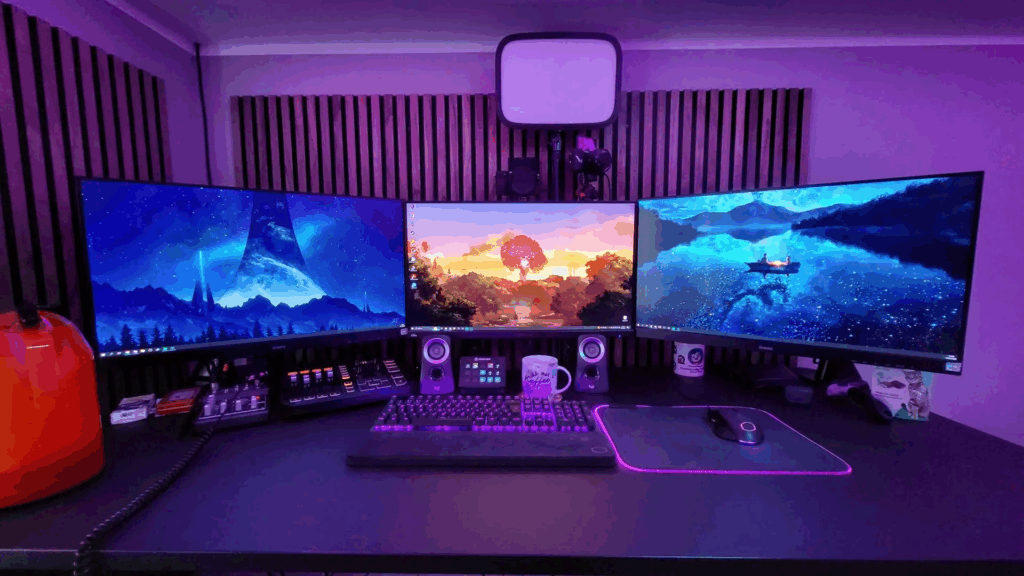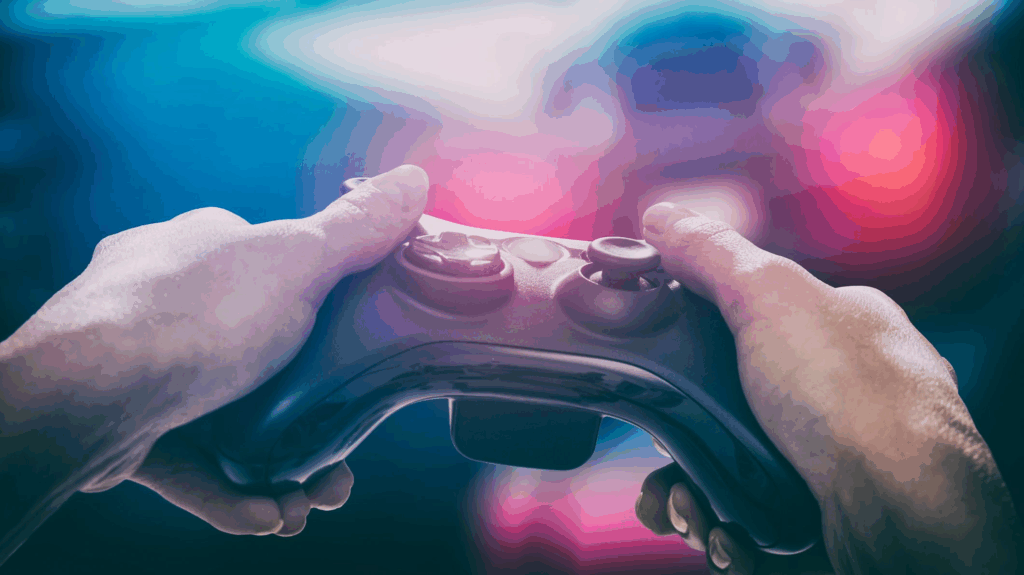In this article, I will cover the topic of Gaming by Breathing, the newest form of controlling video games using one’s breath.
These games are played by button-free calm breathing, which makes the games more dynamic and absorb the player.
Working out, relaxation, and even biofeedback therapy are some of the areas that breathing-centered games are modifying.
Overview
Tracking breath patterns, heart rate, skin temperature, and even brain activity are all forms of interfacing that belong in science fiction, yet they are present in today’s world; welcome to biofeedback-only games. Rather than joysticks and keyboards, video games of the future will rely solely on your breathing.

Within the realm of video games, biofeedback-only games are still in their infancy, but the opportunities are immense. Instead of relying on the traditional input of a mouse and keyboard, they open up a whole new world of interaction for players to explore.
What Is Biofeedback Gaming?
Biofeedback gaming is a subgenre where a player’s biological signals such as breathing or heart rate serve as the game’s control. Instead of button-mashing, you control the game by relaxing, raising your heart rate, or breathing slowly and deeply. The objective is to develop a game loop in which the player’s body replaces the traditional controller.
A Growing Niche
Although niche, biofeedback-only games are starting to be noticed in the worlds of indie and therapeutic gaming. The collection of real-time data from players is made easier by the rise of wearable tech, smartwatches, fitness bands, and even brain-sensing headbands.
The games adapt and customize the experience based on the players’ physiological signals and real-time feedback.
Popular Biofeedback-Only Games

| Game Title | Biofeedback Used | Gameplay Type | Platform |
|---|---|---|---|
| Deep | Breathing | Underwater Exploration | VR (Oculus) |
| Nevermind | Heart rate | Horror Puzzle | PC (with sensor) |
| SoundSelf | Voice & breath | Meditative Experience | PC, VR |
| ZenVR | Breathing | Guided Meditation | VR |
The Science Behind It
Biofeedback is a method that has been utilized in therapy for managing conditions such as anxiety, PTSD, and stress. Nowadays, it is being incorporated into game therapy, marrying entertainment and therapy for a game-and-heal approach.
As an illustration, players are rewarded for maintaining calm breathing by being granted in-game rewards. Thus, games foster mindfulness and emotional regulation. The “play-to-calm” approach inverts the conventional stress of gaming.
Benefits Beyond Entertainment
Biofeedback games, while different from mainstream games that aim to excite, provide the unique benefit of training users to slow down.
Key Benefits:
- Intentional breath control to lessen stress.
- Increased concentration and control of emotions.
- Non-invasive treatment for anxiety and trauma.
- Playable by individuals with certain physical disabilities.
- This expands the potential of inclusive game design and different types of neurogaming.
Challenges and Limitations

As much as biofeedback only games show potential, these still have a few hurdles to jump through.
Hardware dependency: The games are tied to certain equipment such as the Muse headband and Polar heart rate monitors.
Limited genre diversification: Many of these games are meditative or slow-paced.
Niche appeal: Volume is still far from mainstream.
The Future: The Calm Within Chaos
The biofeedback genre of gaming fits in with wider movements in the health space such as physical and mental wellness, health-focused wearables, and the integration of VR. With the right innovations, we may soon see mindfulness mechanics in AAA titles.
Think of a stealth operation where a player’s calmness makes their character quieter, or of a racing game where a driver who stays composed does not tip the vehicle. Such innovations would introduce an exciting dimension of enhancement.
Conclusion
Games that can be played solely with biofeedback redefine the traditional concept of gameplay. Such innovations encourage players to master the game by manipulating their breath and heartbeat, turning the experience into an extremely personal and, counterintuitively, healing.
Given the rapid advancement in technology and the expanding acceptance towards diverse gaming experiences, we can expect that in the not-so-distant future, the avenue to victory in gaming will be through breathing not button-mashing.
FAQ
What is a biofeedback-only game?
A game where your body’s signals—like breathing, heart rate, or brainwaves—control the gameplay instead of traditional buttons or joysticks.
How do you play using your breath?
You wear a device (like a breathing sensor or VR headset mic), and the game responds to how slow, fast, or deep you’re breathing. Calm breathing might help you progress or survive.
Are these games only for meditation?
Not always. Some are meditative (SoundSelf), but others mix gameplay with tension (Nevermind, a horror game using heart rate to trigger events).









